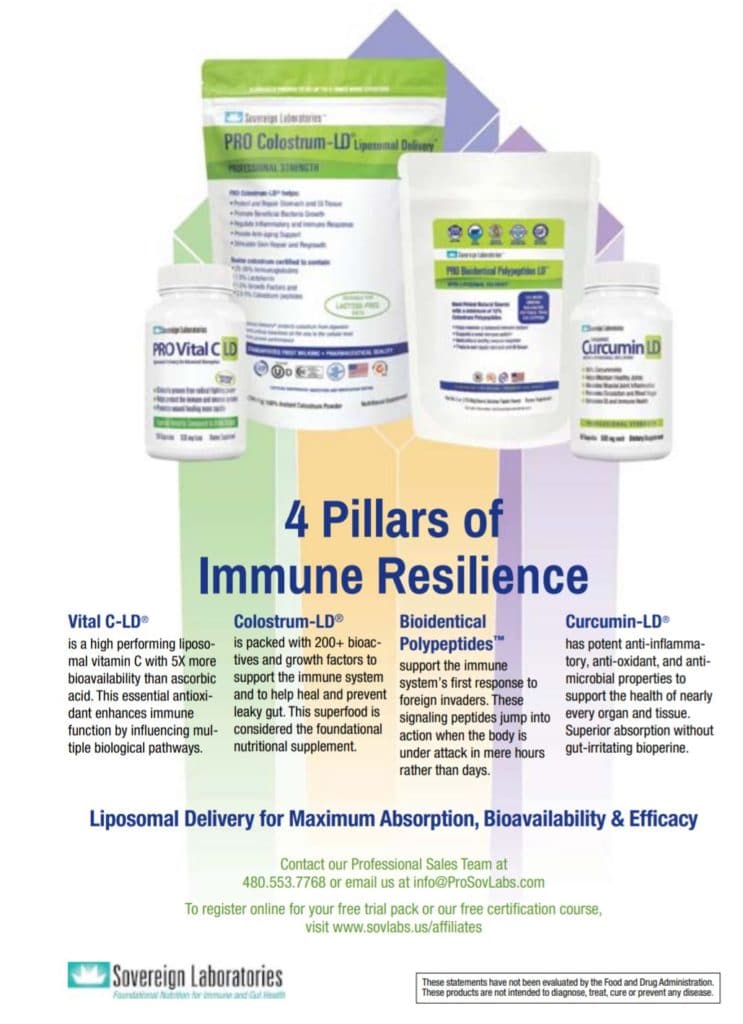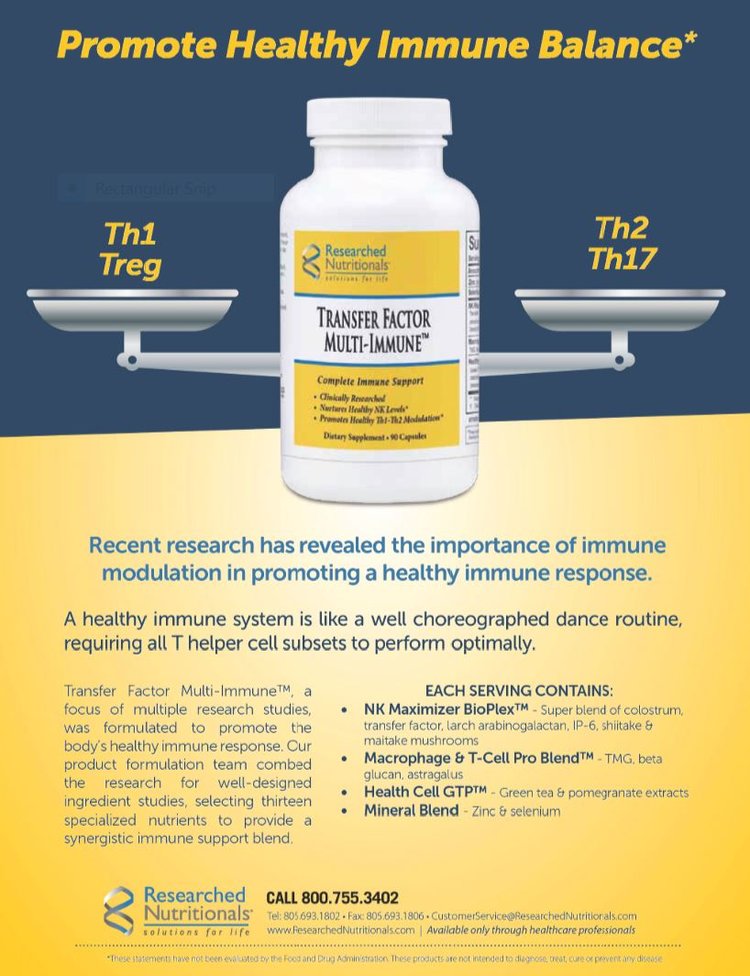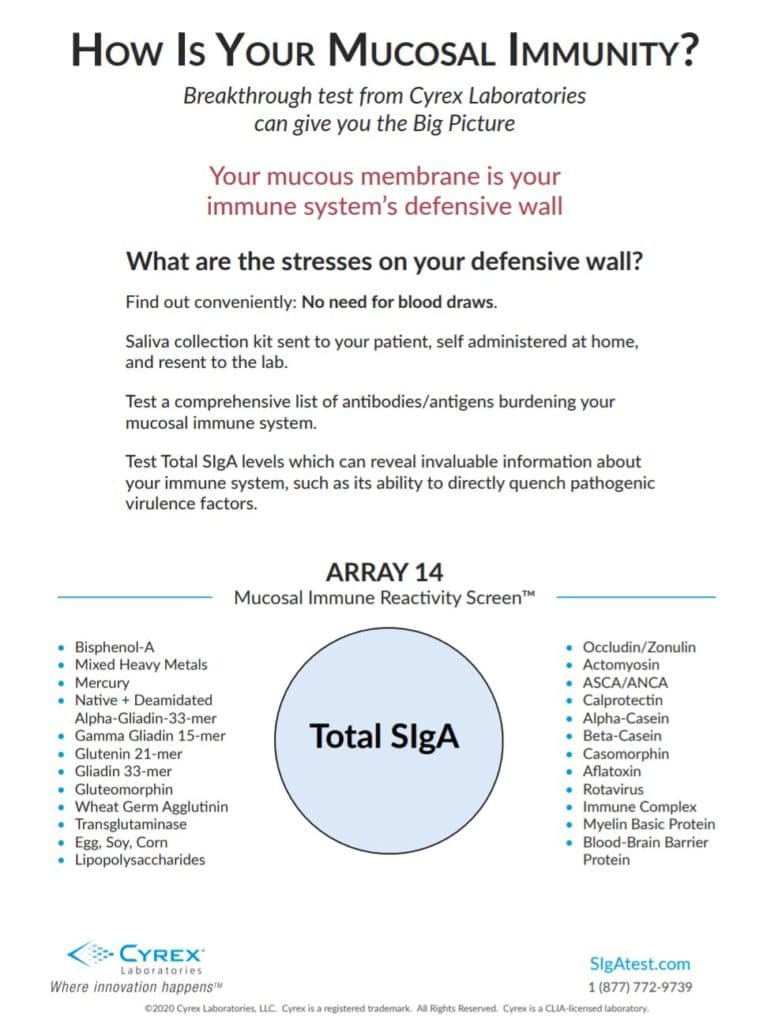Integrative Management of Respiratory Illnesses, continued…
In those deemed appropriate for outpatient treatment, follow-up should occur in person or by phone within the first 24 to 48 hours after initiating therapy for assessment of response to treatment. In cases which conform to treatment expectations at the 24- to 48-hour mark, in person follow-up should be completed one to two weeks after initiating treatment. Management of progressive, worsening, or recalcitrant cases should occur on a daily basis with persistent consideration toward increasing the level of care.
Monitoring at Follow-Up
Appropriate monitoring at each follow-up visit should be focused on assessment of resolution of the acute condition as well as that appropriate to any comorbidities. At minimum those parameters should include but are not limited to vital signs, pulse oximetry, cardiopulmonary physical examination, WBC count, BUN level, and CURB 65 or another mortality prediction score. Follow-up chest X-rays are considered unnecessary for CAP patients who are responding to treatment. These can be reserved for patients over 40 years old and/or smokers, and to document resolution or absence of underlying pathological processes.26,27
Conventional Standard of Care
In the outpatient setting, in patients who were previously healthy and have used no antibiotics in the past three months, oral treatment with a single macrolide antibiotic (commonly azithromycin) or doxycycline for 10 to 14 days is considered appropriate initial therapy. However, in patients with comorbidities (chronic heart, lung, liver, or kidney disease, diabetes, alcoholism, malignancy, or asplenia), or in patients whom have undergone antibiotic treatment within the previous three months, a respiratory fluoroquinolone or beta-lactam antibiotic should be added to the standard macrolide regimen. Further discussions of antimicrobial therapies for more complicated cases are available elsewhere.21
Pneumonia prevention is achieved through vaccination and smoking cessation. Pneumococcal vaccination is recommended for everyone over 65 years old and in patients of all ages who are smokers, have asthma, or suffer chronic illnesses, comorbidities, or asplenia.28 The current best practice guidelines recommend vaccination against influenza annually for everyone over 6 months of age.29 Influenza vaccination has been shown effective in the prevention of pneumonia, hospitalization, and death in older persons.30
There is substantial debate about the risk:benefit ratio of vaccination, particularly the influenza vaccination. Conventional experts concede that the effectiveness of the influenza vaccination depends upon host factors and the antigenic similarity between the prepared vaccine and circulating viral strains.21 It is well known that the effectiveness of pneumococcal vaccination may diminish with age and that studies regarding its effectiveness, outside the setting of bacteremia, have been conflicting.31-33
A Case in Point
As a cautionary anecdote, in the spring of this last year a 48-year-old male with several important comorbidities, including COPD and diabetes, presented to us for an urgent appointment; he had abstained from influenza and pneumococcal vaccinations the previous season. He presented to our clinic confused, obtunded, and in moderate respiratory distress with clinical signs of pneumonia. We referred him to a local emergency department; he was admitted to the hospital, where he remained for the following seven days. The isolated microbial etiology of his condition was influenza A virus. It is impossible to know whether flu vaccination would have prevented this occurrence, but it was not likely to have made the circumstances any worse.
Natural Medicine for Respiratory Infections
The natural medicine treatment of pneumonia will most often assume an adjunctive role to that of the conventional standard of care. By contrast, in viral upper respiratory infections, bronchitis, most cases of uncomplicated flu and the like, natural treatments will often step to the fore and provide solutions when conventional medicine may have little to offer.
In our practice, treatments for upper respiratory infections fall broadly into one or more of three categories: mucolytic/expectorant, antimicrobial, and supportive. Each patient’s treatment plan will incorporate at least one treatment from each of these areas, and often more. We will outline some of the treatments that we use most frequently and refer to the prevailing evidence for each wherever possible.
Mucolytics and Expectorants
We often tell patients that water (oral intake) is the best natural mucolytic. While we can find no randomized controlled trials, meta-analyses, or systematic reviews to support that notion, common sense dictates that it is likely still a factual statement, at least in healthy individuals. The most recent Cochrane reviews of inhalation of heated, humidified air for the common cold and bronchiolitis in young children conclude that there is insufficient evidence to recommend the treatment.34,35 We still routinely recommend steam inhalation to thin phlegm and increase expectoration. We typically recommend the addition of aromatic herbs or essential oils to the steam, and we will address that point further momentarily. Care is required in the use of steam inhalation as scalds and burns (including burns of the respiratory tract), are possible, but used safely the treatment remains a low-cost source of relief for many patients.
We routinely reach for N-acetylcysteine (NAC) as a well-tolerated and effective mucolytic and expectorant. NAC has been utilized in this application for bronchitis and other pulmonary conditions for decades.36-38 In trials, doses of 600 to 1200 mg daily in divided doses have demonstrated significant improvements in respiratory conditions. In one study of chronic bronchitis, patients taking NAC recorded 65% fewer sick leave days taken compared with the placebo group.39 In a study of elderly patients, there were significant reductions in influenzalike episodes and severity of symptoms during those episodes in the group taking NAC versus the placebo group.40,41 We generally recommend a dose of 600 mg, two or three times daily.
Several polyphenols have demonstrated mucolytic and expectorant effects. In vitrostudies have examined their effects on the expression of genes responsible for mucin hypersecretion as well as on cytokine induction of those genes and on the mucocilary elevator and cilary beat frequency in the nasal mucosa. In particular, quercetin, epigallocatechin-3-galate from green tea, and [6]-gingerol from ginger effectively inhibited mucous secretion while maintaining normal ciliary function.42-44







